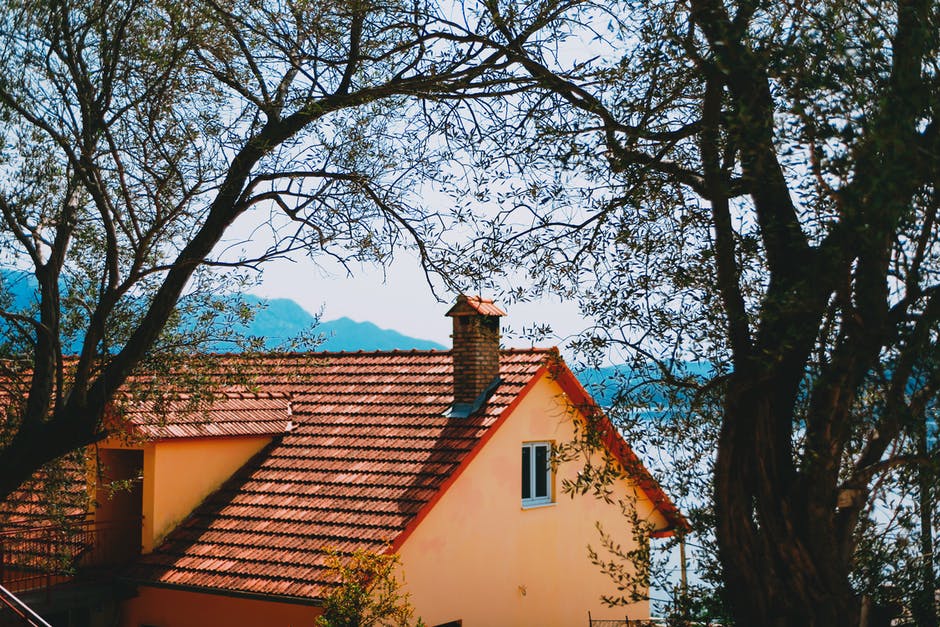If you suspect that you have mold in your house, it’s imperative that you act fast. Not only is mold an eyesore, but it can also be harmful to your health. So, how do you know if you have mold in your house?
Well, in this guide, we’ll explain some of the most common signs of mold. Just keep reading.
What Is Mold?
Before diving into the signs of mold, it’s important to discuss what mold is and why it’s important to remove it.
Mold is a fungus that typically consists of small organisms. It’s great for the outdoors because it helps to decompose dead leaves and trees. On the other hand, fungus can also rapidly grow indoors where there are damp conditions.
As a result of the release of fungus spores, they can trigger complications with your health.
The Most Common Signs of Mold
Here are some of the signs of mold to look out for:
You See It
One of the obvious signs of mold in your house is that you see it. You might notice it in your basement or another part of your home.
The look of mold can vary, but generally, it has a grayish to brownish hue. Sometimes it looks black. It usually forms in specs or blotches and gives the appearance of a stain.
A Musty Smell
Mold gives off a strange, unpleasant odor. You can often decipher how bad the problem is based on the smell. The more severe the odor, the more severe the more growth.
When you’re in a damp area of your home, always sniff around for a moldy, musty odor.
You Feel Sick
The truth is, everyone is exposed to mold spores every day. But continual exposure can cause issues with your health—especially if you’re breathing in mold indoors.
You could have an allergic reaction to mold that causes nasal congestion, watery eyes, or coughing.
Not only that, but you might experience an allergic reaction with your skin that consists of tingling and itching. Your body naturally lets off histamines to counteract this type of reaction. But the result of it is dry and flaking skin that leads to hives. Not to mention, if you already have respiratory issues— like asthma—exposure to mold can worsen the condition.
Here are some of the most common signs of mold allergies:
- Itchy, watery eyes
- Sneezing
- Runny nose
- Sore, itchy throat
- Wheezing and difficulty breathing
- Sinus headaches
In addition to these mild symptoms, mold can also be life-threatening. It can lead to internal organ damage, bleeding, mental impairment, cancer, and possibly death.
Below are the three types of harmful molds:
Allergenic: Molds that trigger and produce allergies and allergic reactions, like asthma attacks
Pathogenic: These are molds that create health problems in individuals who suffer from an acute disease.
Toxigenic: Molds that create toxic substances result in dangerous or fatal health conditions.
It’s best to get an inspection to find out what type of mold is in your home, and how to best protect your family from it.
Water Damage
Anytime you have water damage in your home, there’s a high chance that you’ll also have mold growth. Water is easily absorbed, and it creates the perfect damp condition for mold to thrive.
But the quicker you identify it, the easier it’ll be for the mold to get removed.
Also, but think about the condensation that you might experience during the winter. Indoor condensation results in high humidity, which stimulates mold growth.
Reach out to a water damage restoration specialist to correct the issue as soon as possible.
Bubbled Walls
Perhaps one of the most noticeable signs of mold infestation is bubbles forming on painted walls. These bubbles form in areas around moisture. If you think you might have mold, take a look at your bathroom and basement walls and areas close to windows.
Most likely, a leaking windowsill or a spot close to a pipe is where mold would be. In that case, scrape the paint off, clean the area, and dry the surface before repainting it.
That’s the only way to completely alleviate it.
Rust
Another sign that can indicate an overload of moisture in your home is rust. If you notice rusting, you can pretty much guarantee that there’s mold around. The reason being is because rusting is a sign of excessive moisture, which is the perfect condition for mold growth.
Deterioration
Excessive moisture causes wallpaper to peel, paint chipping, and the deterioration of other materials. If you notice this happening to your walls, it could be because there’s mold behind them. You’ll have to reach out to an expert to have them examine the area for you.
Leaks
If you experience a leak in your home, it could eventually lead to water damage. As a result, it’ll create the ideal condition for mold to grow. If you notice a leak, get it fixed quickly to avoid mold infestation.
Get Rid of Mold in Your House
As you can see, it’s in your best interest to get the mold in your house removed as fast as possible. Unfortunately, mold is one of those things that can develop without you noticing right away.
Not only that, but the causes of mold are sometimes hard to avoid because they’re so common. But if you pay attention to the signs above, you can spot it and get rid of it.
Was this content helpful? If it was, check out more of our website, and share this article on social media.











